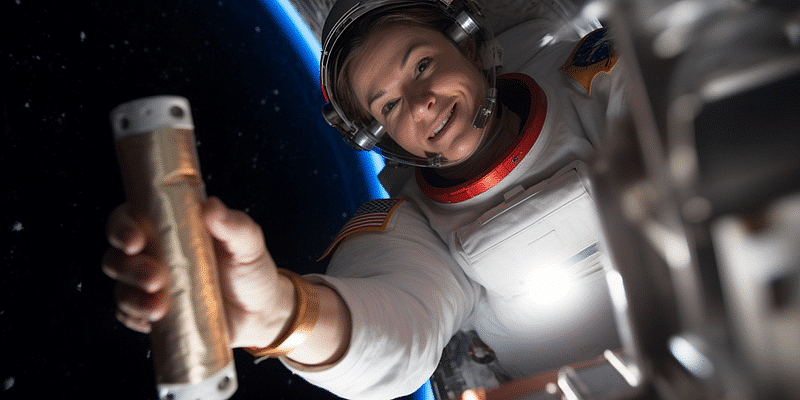Advancements in space sustainability have been marked with a notable achievement on the International Space Station (ISS), where the crew has managed to recycle and recover 98% of their water usage, including sweat and urine. This development is critical for extensive missions in lower orbit, where limiting the necessity for resupplying crucial resources such as food, air, and water is paramount.
Every astronaut aboard the ISS consumes approximately a gallon of water each day for drinking, preparing meals, and maintaining cleanliness. The objective has consistently been to retain as much of the originally supplied water as feasible during these longer space voyages. A new technique has now enabled them to reach the high water recovery rate of 98%, a notable improvement from the previous 93-94%.
This milestone was made possible by an upgrade in the Urine Processor Assembly (UPA) housed within the Environmental Control and Life Support System (ECLSS). This system distills urine in a vacuum to recover the water content. Alongside this, the ECLSS incorporates a Water Recovery System and high-tech dehumidifiers to collect wastewater and condensation from the ISS environment, caused by the crew’s natural breathing and perspiration. This recovered water is then processed by the Water Processor Assembly (WPA) into a drinkable form.
A new addition to the UPA is the Brine Processor Assembly (BPA), which has been instrumental in achieving the 98% recovery goal. The BPA processes the brine residue, a by-product of the urine distillation, evaporating the remaining water content through specialized membranes and warm dry air. The humid air produced is then collected by ECLSS dehumidifiers.
Once the water is collected, the WPA uses specialized filters and a catalytic reactor to treat the water, ensuring the removal of any leftover contaminants. With sensors monitoring the water quality, any water that fails the quality check is reprocessed. For safe storage and to discourage microbial growth, iodine is added.
Contrary to what it might seem, the astronauts are not consuming untreated urine. The quality of water processed on the ISS surpasses many municipal water systems on Earth. The water purification process used in space mirrors systems used on Earth, albeit in a microgravity environment, with stringent testing ensuring the water is clean and potable.
Ensuring these ECLSS systems work efficiently and can operate for extended periods without requiring substantial maintenance or spare parts is of the utmost importance and is tested rigorously.
This advancement plays a crucial role in future space exploration, especially missions that will require longer stays in space such as extended lunar visits or Mars missions. As humanity extends its reach beyond Earth’s low orbit, the importance of regenerative ECLSS systems becomes paramount. The more resources we can reclaim and reuse, the more space available on launch vehicles for scientific payloads, allowing the crew to focus on their primary mission rather than resource management.





![Read more about the article [Funding alert] Healthtech startup PhableCare raises $25M in Series B led by Kalaari Capital](https://blog.digitalsevaa.com/wp-content/uploads/2022/04/PhableCarefinal-1649672585553-300x150.png)




